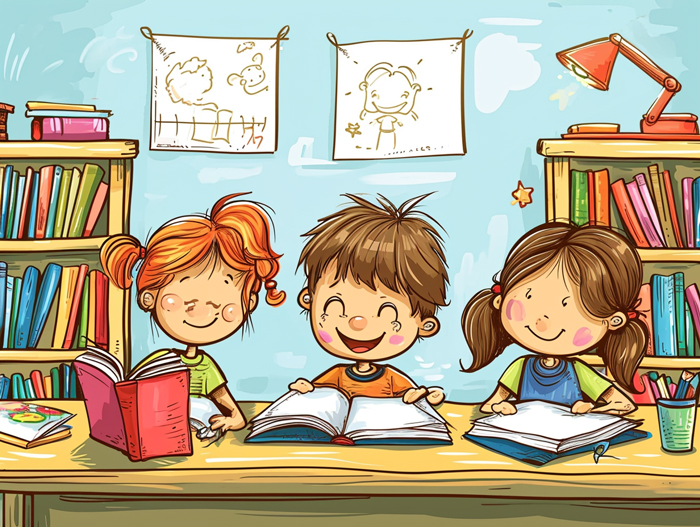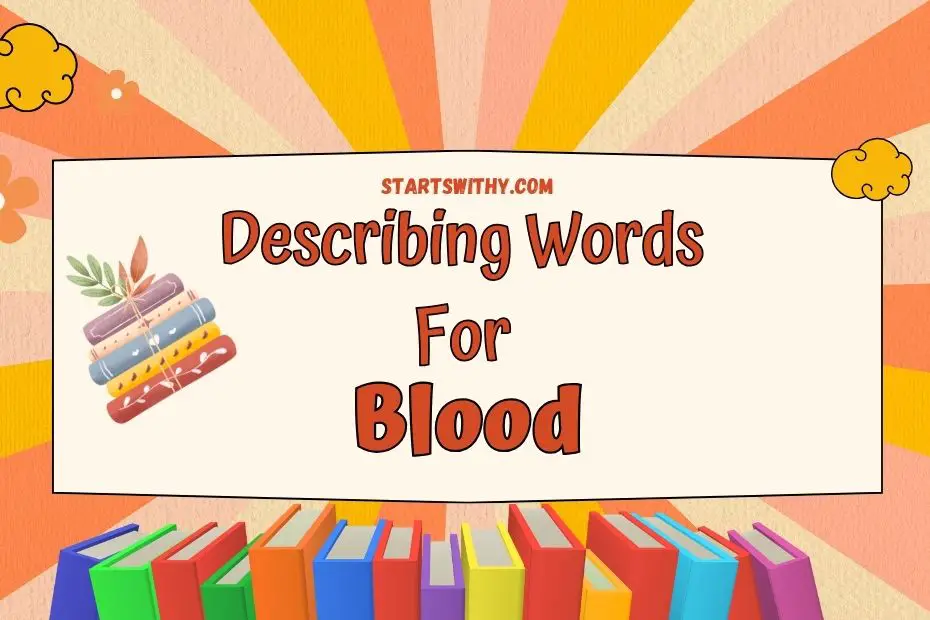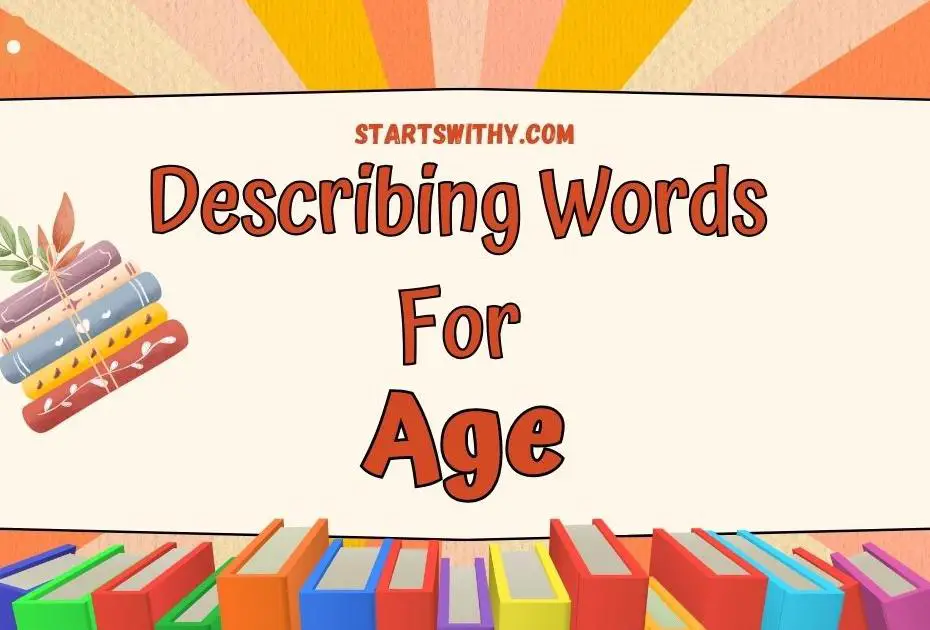Have you ever found yourself puzzled when choosing between “which” and “what” in a sentence? You’re not alone. These interrogative adjectives are crucial in crafting questions that are clear and specific, yet they can be tricky to use correctly.
I’m here to demystify the use of “which” and “what” so you can ask questions with confidence. Whether it’s picking the right word for the context or understanding the nuances that set them apart, I’ll guide you through the ins and outs of these commonly confused words.
Understanding Interrogative Adjectives
When I’m crafting questions, I often find myself carefully choosing between “which” and “what” to ensure precision and clarity. These two words are interrogative adjectives, meaning they’re used to ask questions about nouns. They seek different kinds of information.
Interrogative adjectives “which” and “what” precede the nouns they modify and are quintessential in framing questions that are both engaging and understandable for learners. It’s essential to use them correctly to avoid ambiguity.
It’s helpful to think of “what” as the interrogative adjective used for asking about things when there are no specific options implied. For example, when I ask, “What color is the sky?”, I’m open to any possible answer that describes the sky’s color. There are no limitations or choices provided.

On the other hand, “which” guides the respondents toward a known set of choices. If I pose the question, “Which color do you like better, blue or green?”, I’m restricting the answer to either blue or green. It narrows down the list of potential responses.
For preschool and kindergarten teachers, teaching these nuances is vital in helping children become discerning with language. Using a varied vocabulary when formulating questions reinforces the differences between these two interrogative adjectives. It’s not just about the rules but how these words function in everyday language that matters.
I find it most effective to introduce these concepts through interactive storytelling or engaging activities that involve choice. This encourages children to both understand and properly use “which” and “what” in context. For instance, a simple activity could involve presenting a basket of fruits and asking, “Which fruit is red?” followed by “What is your favorite fruit?” This way, students can tangibly grasp the distinction through actual choices for “which” and open-ended answers for “what”.
Employing simple, relatable examples goes a long way in helping the young learners comprehend and apply their knowledge of interrogative adjectives. Remember, the aim is always clear communication through the right choice of words.
The Difference Between “Which” and “What”
As I delve into the intricacies of interrogative adjectives, it’s clear how crucial it is for educators to grasp the subtleties to impart an accurate understanding to the little ones. When teaching kindergarteners and preschoolers, it’s essential to distinguish between “which” and “what” in a manner that’s both clear and approachable.
“What” is the catch-all interrogative adjective applied when the person asking the question has no particular set of choices in mind. It’s the open-ended question we use to encourage children to think broadly and explore the unknown. For example, asking “What color do you like?” invites the child to consider any color they can imagine.

On the other hand, “which” suggests a limitation, a selection from a known subset. It’s best employed when the choices are visible or understood, aiding in decision-making within a defined range. If I present a group of apples in various colors to a child and ask, “Which apple would you like?” I’m asking them to choose from the specific options provided.
Here are some key points to teach:
- Use “what” for open-ended questions
- Use “which” when referring to a specific set of items or choices
- Demonstrate through examples children can relate to
I find that visually-based examples and tangible items greatly assist young minds in grasping these concepts. Presenting them with actual choices fosters an understanding of “which,” while allowing them to conjure answers from their imagination taps into the essence of “what.” Interactive games, such as a classroom “What or Which” quiz, can further cement this knowledge.
Teachers can introduce these interrogative adjectives through engaging storytelling sessions. Picture books that pose questions can be particularly helpful, as they offer a visual aid to which children can directly relate the words “which” and “what.” Remember, an early grasp of these nuances paves the way for clarity in communication as these young learners blossom into effective communicators.
Using “Which” Correctly
As I delve deeper into the intricacies of interrogative adjectives, it’s vital to tackle the proper use of “which”. Understanding this can significantly enhance communication skills in young learners, especially in a classroom setting where clarity is crucial.
When introducing “which” to children, I always start with context. I tell them it’s best used when referring to a specific set of items or options. For instance, I might present a colorful array of fruit and pose the question, “Which apple do you want?” There are clear options to choose from, making “which” the ideal choice.
To embed this concept thoroughly, I employ a variety of engaging methods:
- Show and Tell
- Kids bring objects from home and ask their peers, “Which one is your favorite?”
- Matching Games
- I use cards with different objects where children have to match them and then ask, “Which card matches with this one?”
Moreover, I integrate everyday situations to practice “which” in a live context. During snack time, I might hold up two types of snacks and ask, “Which snack would you like today?” This not only reinforces their understanding but also enables them to apply it in practical scenarios immediately.
It’s equally important to model conversations that use “which” naturally. In story circles, I’ll ask, “Which part of the story did you enjoy the most?” This prompts children to reflect and respond using the same structure, thereby ingraining it into their verbal repertoire.
Additionally, visual aids play a pivotal role. Vibrant posters around the room depict various scenarios, each captioned with a “which” question like “Which hat is the tallest?” This visual stimulation constantly reminds and encourages kids to use “which” in their questions.
A combination of repetition, real-world application, and interactive play solidifies the concept for young minds. This approach not only makes learning enjoyable but also ensures that the knowledge is retained and used correctly outside the classroom.
Using “What” Correctly
When teaching young learners the proper use of “what,” I’ve found that starting with simple inquiries where the number of possibilities is virtually limitless fosters a better grasp of the concept. “What” encourages children to think creatively, as there’s typically no finite set of options from which to choose.
For instance, let’s say you’re discussing colors. I might ask my students, “What color is the sky today?” Even though predominantly the sky is blue, on any given day it could be grey, orange at sunset, or even filled with multiple hues. This opens the door for a myriad of acceptable answers. It demonstrates that “what” is an open-ended question, paving the way to a more expansive thought process.
To embed this understanding in their young minds, I choose activities that require open-ended responses. Role-playing games where one child asks another “What’s your favorite food?” or “What would you like to be when you grow up?” have proven to be incredibly beneficial. These simple questions not only teach the mechanics of “what” but also inspire personal expression, allowing children to see that their individual preferences and dreams are valid. They learn that “what” seeks to elicite detailed and often subjective answers.
Another effective method I employ is using picture cards depicting various objects, animals, or scenarios. I present a card to the group and ask questions like “What’s happening here?” or “What do you see?” Each child’s response can be surprisingly unique, reflecting their personal interpretations and observations. This activity reinforces the use of “what” as a tool for eliciting descriptions, urging the children to provide as many details as they notice.
By incorporating these strategies regularly, I ensure that young learners can comfortably and correctly use “what” in both familiar and novel situations. It’s about giving them the freedom to explore and express without the confines of pre-arranged options. They learn through these interactions that “what” can lead to discussions filled with rich, diverse, and engaging content—laying the foundation for effective communication and self-expression.
Common Mistakes to Avoid
When teaching young learners the correct use of interrogative adjectives “which” and “what,” it’s crucial to be mindful of common pitfalls that could add to their confusion. I’ve found that children often misunderstand these adjectives if they’re not given clear boundaries within which to use them.
One prevalent mistake is allowing students to use “what” and “which” interchangeably without understanding their distinct contexts. For instance, asking “What flavor of ice cream do you want?” at a shop displaying several flavors could muddle their comprehension, as “which” is more suitable due to the visible, limited options.
Another error is neglecting to provide ample practice with real-world examples. Children cement their learning through repetition and diverse scenarios. By repeatedly placing “what” or “which” in incorrect situations, children can develop a habit of misusing these words. To counter this, I aim to integrate these adjectives in a tapestry of everyday interactions, cementing their proper usage through consistent exposure.
I also steer clear of presenting “which” and “what” without concrete, tactile learning experiences. Preschool and kindergarten students excel when they can touch, see, and manipulate items as they learn. By avoiding abstract teaching methods and instead presenting them with physical objects and visual cues, their grasp of “which” vs “what” strengthens significantly.
Here are some additional points to consider:
- Overcorrection may discourage rather than help. Gentle guidance is key.
- Skipping the step of explaining why a choice of adjective was incorrect misses a learning opportunity. Always clarify the reason behind each correct usage.
- Avoiding the discussion on the number of expected answers can leave students guessing. Make it explicit whether the question should result in a single choice or multiple possibilities.
By sidestepping these frequently encountered errors, educators can build a solid foundation for their students. Mastering “which” and “what” paves the way for youngsters to ask questions that yield more meaningful and accurate responses, enhancing their journey towards effective communication.
Conclusion
In conclusion, mastering the use of interrogative adjectives, specifically “which” and “what,” is essential for effective communication and language proficiency. These adjectives play a pivotal role in forming questions and seeking information in both written and spoken language. Understanding when to use “which” to narrow down choices and when to use “what” to inquire about general characteristics or qualities can greatly enhance one’s ability to ask precise and meaningful questions.
By mastering the nuances of these interrogative adjectives, individuals can navigate language with confidence and precision, facilitating clearer and more effective communication in various contexts. Whether in academic, professional, or everyday interactions, a firm grasp of “which” and “what” empowers individuals to express their curiosity and seek information with clarity and purpose.



